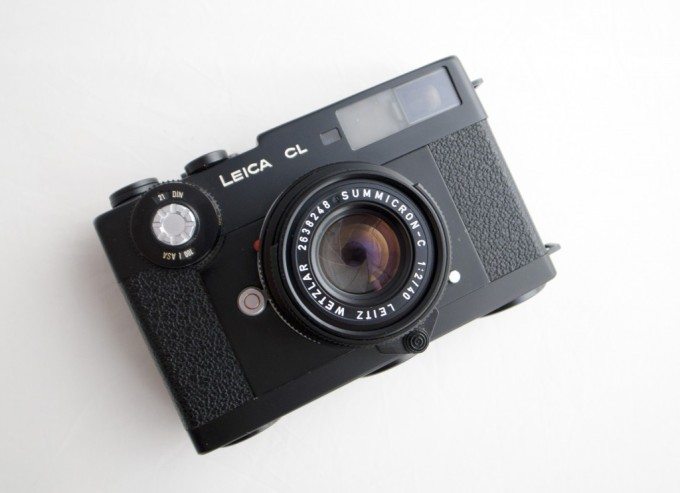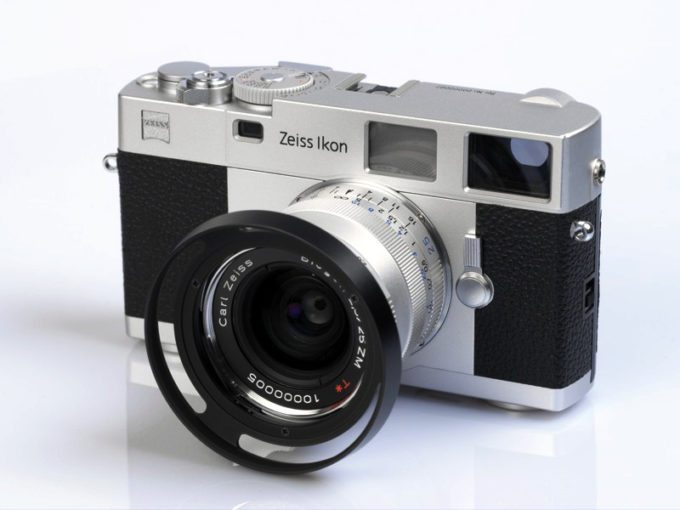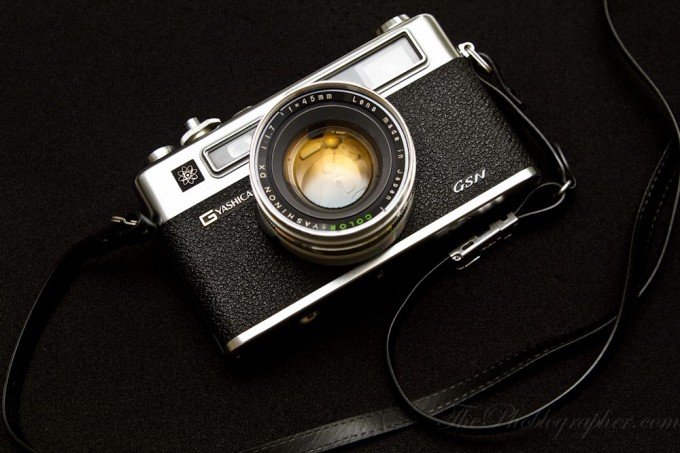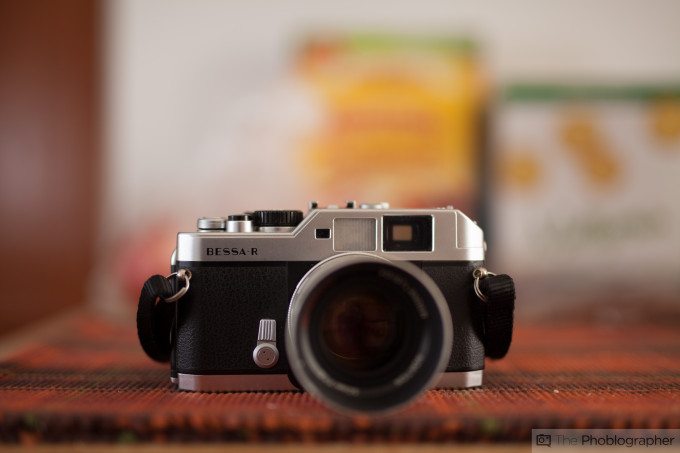When it comes to cameras there are two categories that many are split into: DLSRs and Mirrorless cameras. Rangefinders are a sub-division of mirrorless cameras that have been around for years and years. In fact, they’re older than SLR cameras and are largely unchanged in their basic design and functionality since their inception.
But with more cameras being more retro looking, how do you exactly tell the difference between the two?
The Colloquial Meaning

First off, you should know that rangefinders have been around for many, many years. Way before the first film SLR was invented, rangefinders were used by photojournalists and professionals. The famous Henri Cartier Bresson swore by his Leica cameras. The rangefinder started to take a dip in popularity when the SLR became more affordable, offered through the lens viewing, and also provided a great user experience. Arguably, the first SLR cameras were made by Pentax–but they didn’t become really popular or practical for public use until later on. However, rangefinders remained popular in certain circles–mainly street photographers and photojournalists looking for a low profile and stealth approach to their work.
We enlisted some help of an old friend for this in the form of David Brommer, the Event Space Director at B&H Photo Video Pro Audio. According to him, “Rangefinder cameras allow you to frame your photograph by looking through a window that approximates what your lens will capture. This can be elaborated on by having a “parallax corrected viewfinder” which will provide more accuracy adjusting for how close your subject is,” says Brommer. “In general, any camera that is not a reflex type (a retractable mirror that shows what the lens is seeing) and has a window (or optical finder) could conceivably be called a ‘rangefinder camera’.”
David agrees that the distinction can be very blurry with the advent of mirrorless cameras today.
The Modern and Accepted Definition
When someone thinks or talks about a rangefinder camera, they can easily state that having a Fujifilm X Pro 1 could be a rangefinder camera. If we’re talking about it colloquially, then yes–you’d be correct. But then in that case, almost any camera would be a rangefinder. The more modern and accepted definition has to do with the way the camera focuses.
In order to focus a rangefinder, you need to look through the viewfinder and first pay attention to the frame lines for your equivalent focal length. Once you find those, you’ll want to look at the center of the image where there is a little square or circle depending on what type of camera you own. As you focus your lens, you’ll see the middle area change. To get the camera focused, you’ll need to line up what you see with the center image.
The camera focuses this way due to the lack of a mirror and pentaprism that many DSLRs and SLR cameras have. Those cameras allow the user to see what is coming through the lens while the rangefinder gives a simulated experience instead. As such, rangefinder cameras are often smaller, more low profile, quieter, and sometimes have more that can go wrong. For starters, the rangefinder focusing mechanism needs to be calibrated maybe around once a year. And if the rangefinder is in focus, then sometimes the lenses can be off. In order to fix the lenses, they often need to re-arrange the entire glass element grouping inside–or at least this is what Leica told us years ago in a meeting.
To be fair, a DSLR can have problems focusing with its focusing sensor and the lenses can also be a bit off. This is why Canon introduced Micro Adjustment and Nikon/Sony have AF Fine tuning.

Today, modern rangefinder cameras are made by Voigtlander and Leica–with Zeiss stepping out of the game in the past couple of years but still continuing the production of many of their M mount lenses. As a result, the Leica M mount has very much become the standard in the rangefinder world.
We hope this helped you understand what a rangefinder is without getting too technical and going over your heads. If you want to get into these cameras, we recommend that you check out our guide to affordable rangefinder cameras.



